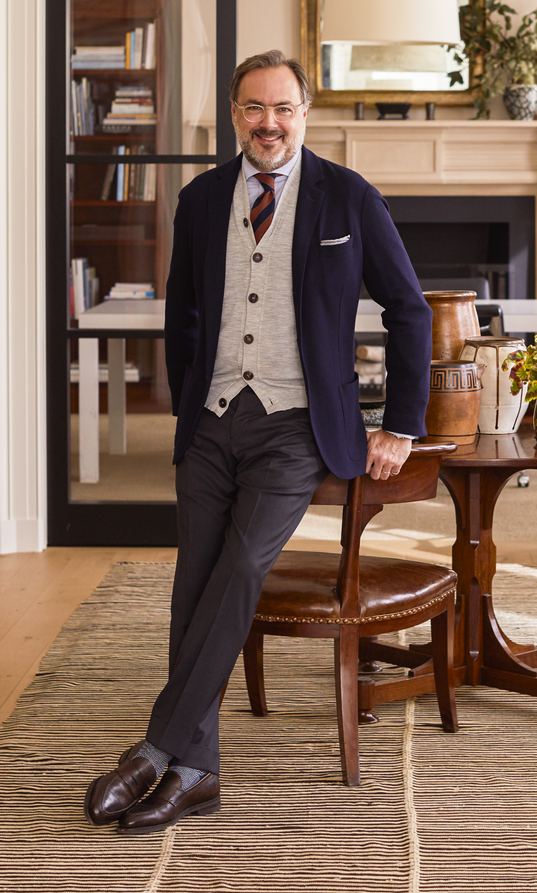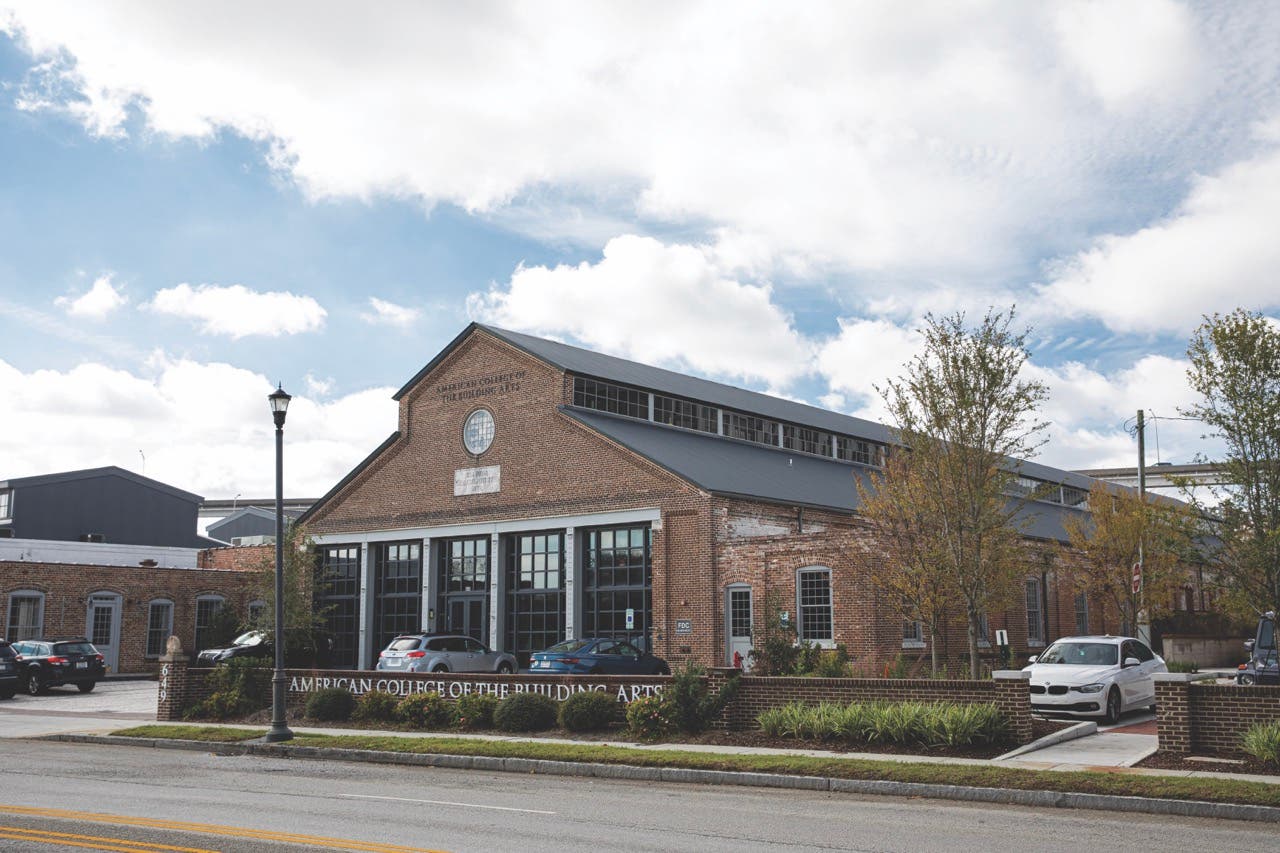
Features
The 25 – Gil Schafer III
One of the country’s leading practitioners of contemporary Classical architecture, Gil Schafer III has focused on designing timeless traditional residences for the past three decades.
“As a residential architect, I believe that my highest achievement is to successfully create places our clients can call home,” he says. “That word ‘home,’ to me, has everything to do with comfort, family, and friends—and memories most of all. Growing up, I learned that if a house is going to feel like home, it has to create opportunities for memories, even in the smallest moments of life.”
Schafer, whose hallmark is integrating landscape and interior decoration into architecture, was schooled in design from a young age: His grandfather and great-great-grandfather were architects, and his stepmother was a decorator.
“Growing up in that way, I also gained an appreciation for tradition—and traditions—and how they influence design,” he says. “It gave me a love of history, which I then studied in college and which underpins everything we do at my firm now.”
Those factors, coupled with the fact his family lived in the Midwest, the Northeast, Georgia, California, and the Bahamas, gave Schafer what he calls “a vivid appreciation of the power of place.”y
Schafer, who graduated from Yale School of Architecture with a master’s degree and is on the school’s Dean’s Council, is the author of two best sellers—The Great American House and A Place to Call Home—is a member of Architectural Digest’s AD100 and gives lectures around the country on the relevance of Classical architecture.
He’s also on the board of New York’s Dutchess Land Conservancy and of the Thomas Jefferson Foundation at Monticello.
Schafer, a recipient of the Arthur Ross Award for Architecture, is part of a generation of Classical architects who came of age in the early 1990s when the profession was dominated by modernists.
“At first, we stuck close to precedent and to the rules,” he says. “But Classicism is a language, and as we became conversant with its grammar and syntax, we felt increasingly free to interpret it, to speak in a more personal way. Over time, I’ve come to understand that an architect’s profession has the power to do more than provide shelter—to stand for enduring values and ideals.”
Those values and ideals are reflected in his projects, which have been built all over the country and abroad.
“The dean of the architecture school at Yale, when I was there, said to me that he thought architecture as a profession was really a calling, like the ministry, because it makes you feel like you can do nothing else, and because it comes with such great responsibility. I believe there is also great—and simple—joy in what we do as architects, and hopefully, if we have done our job well, we pass along that joy to each of those who live in the places we create, because they are the ones who ultimately bring those places to life.”








